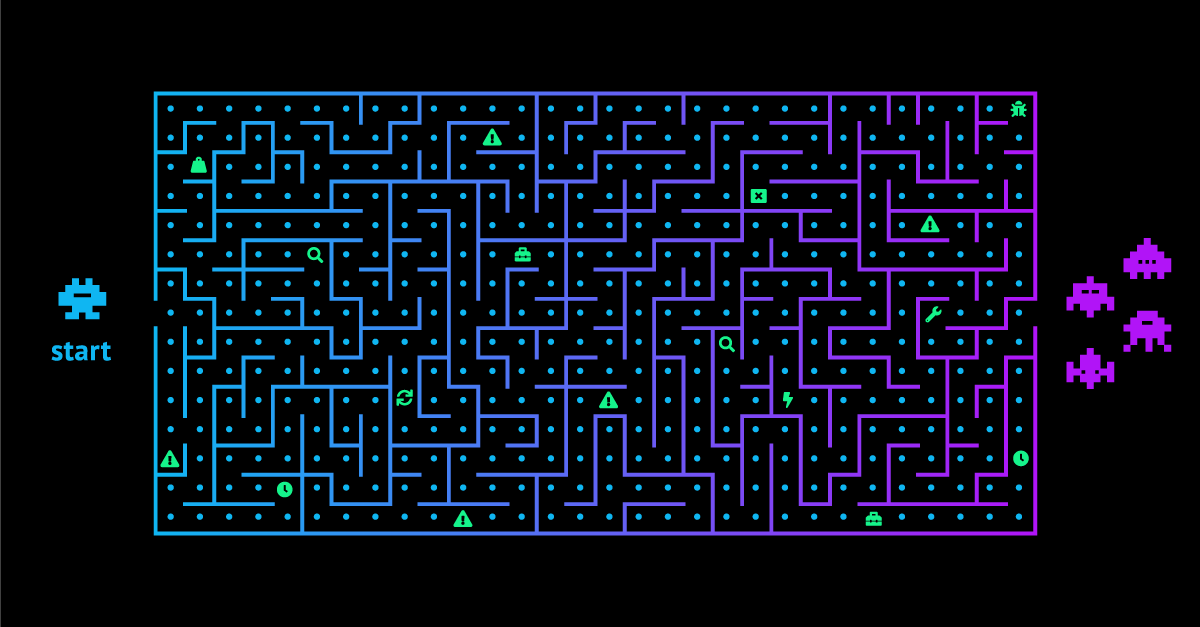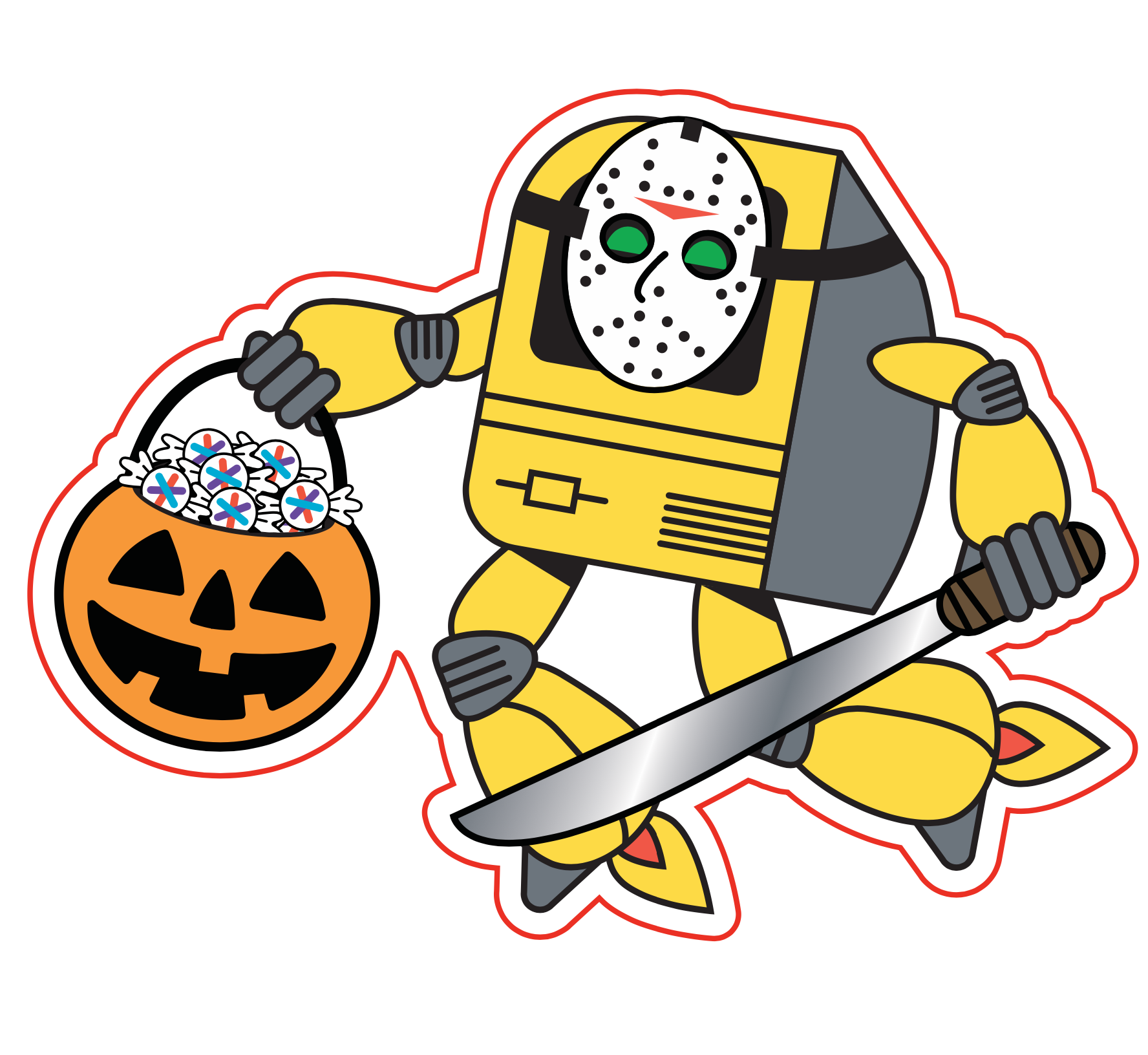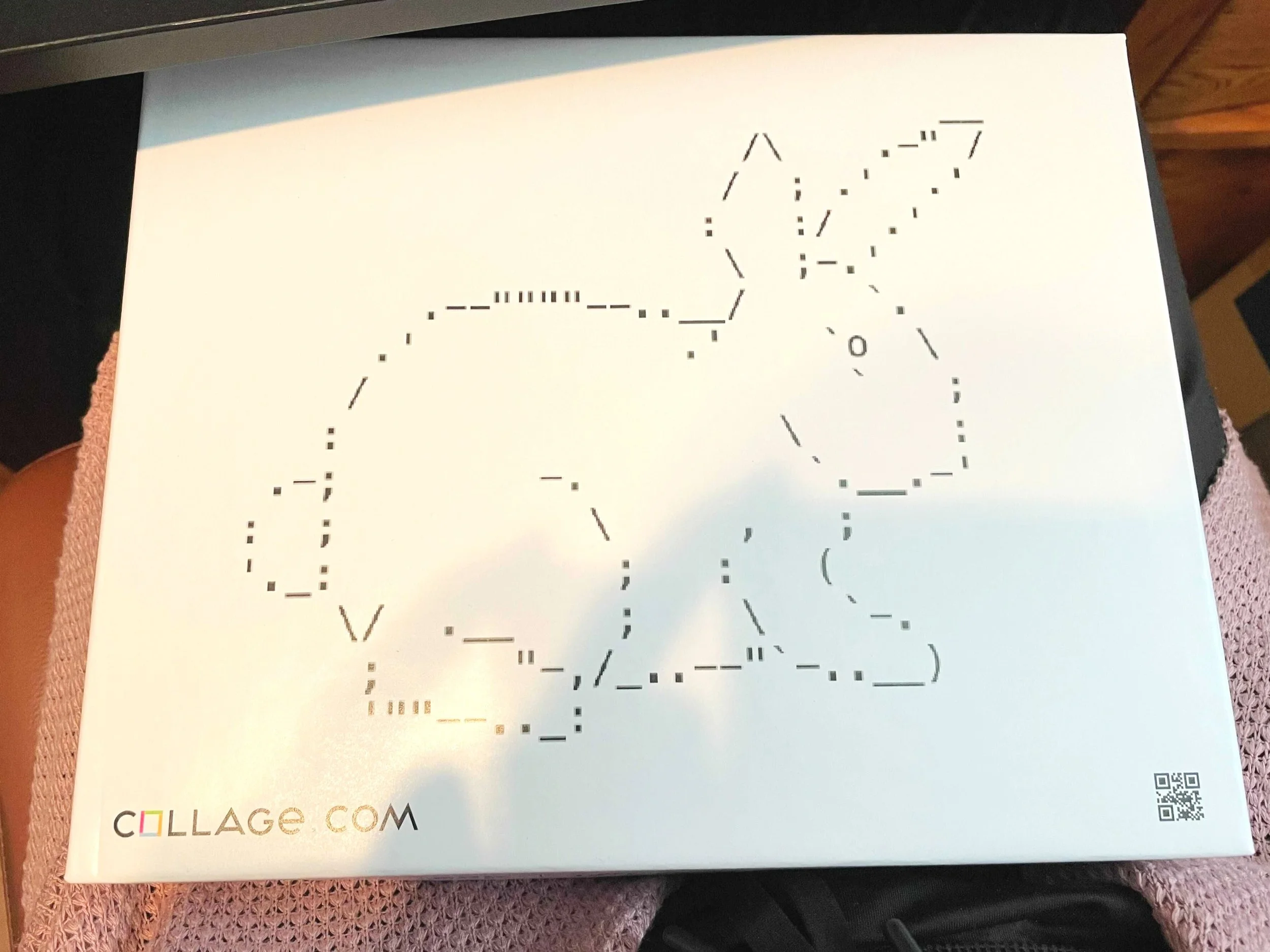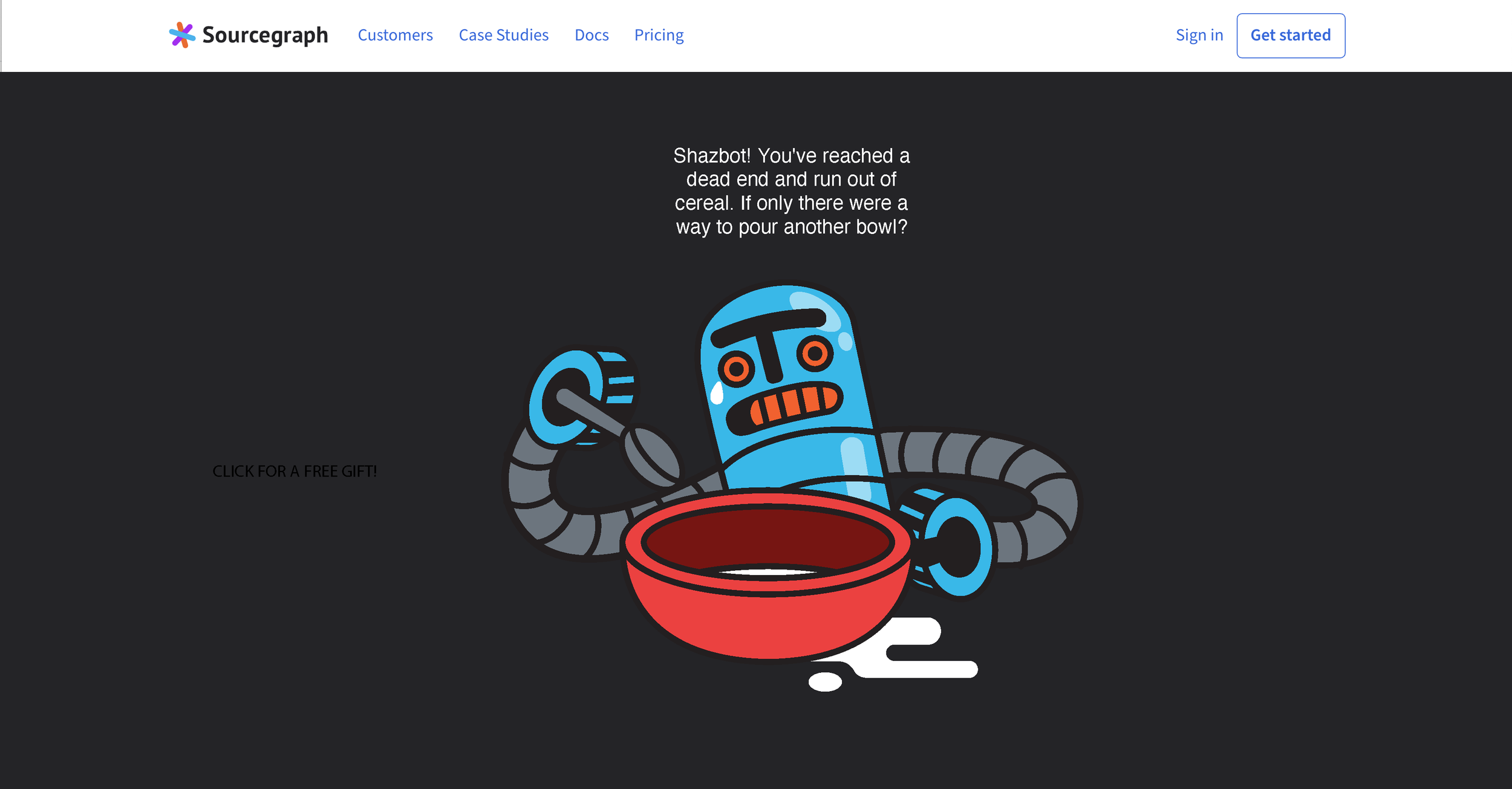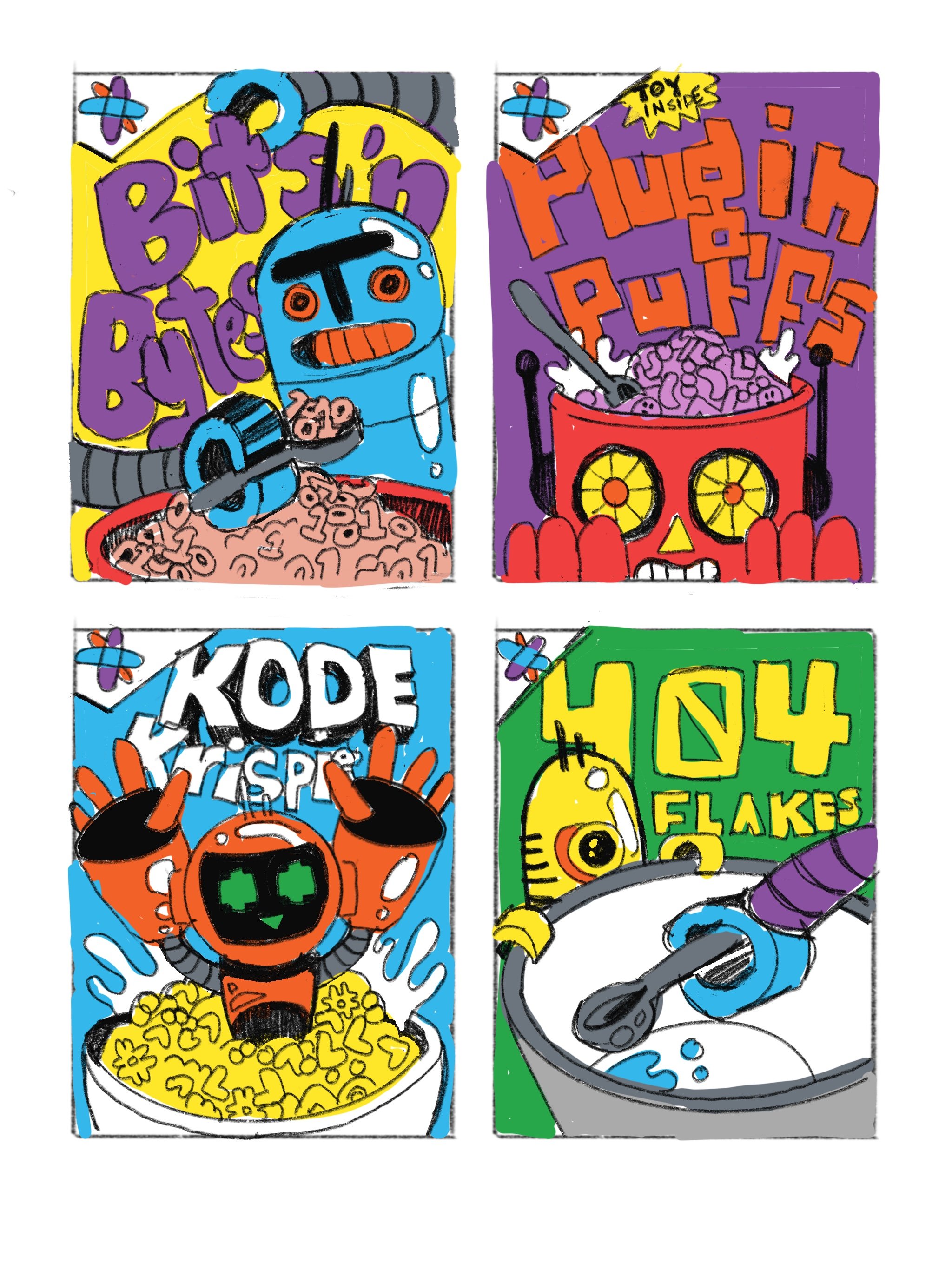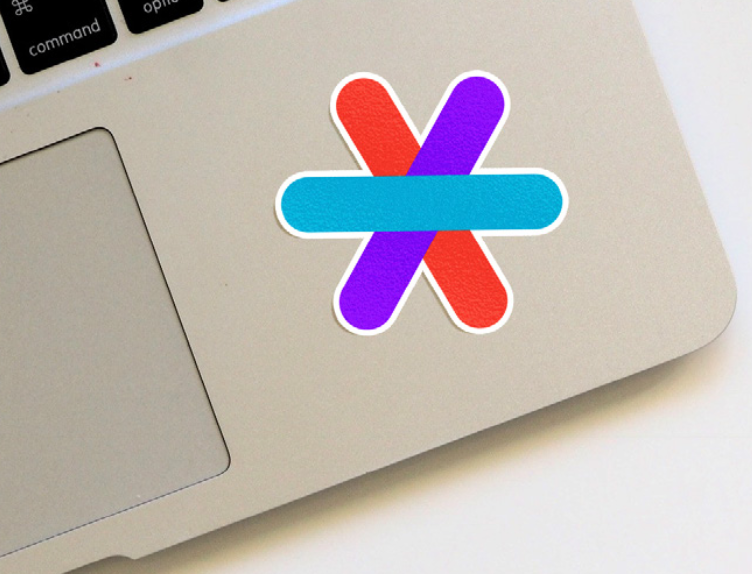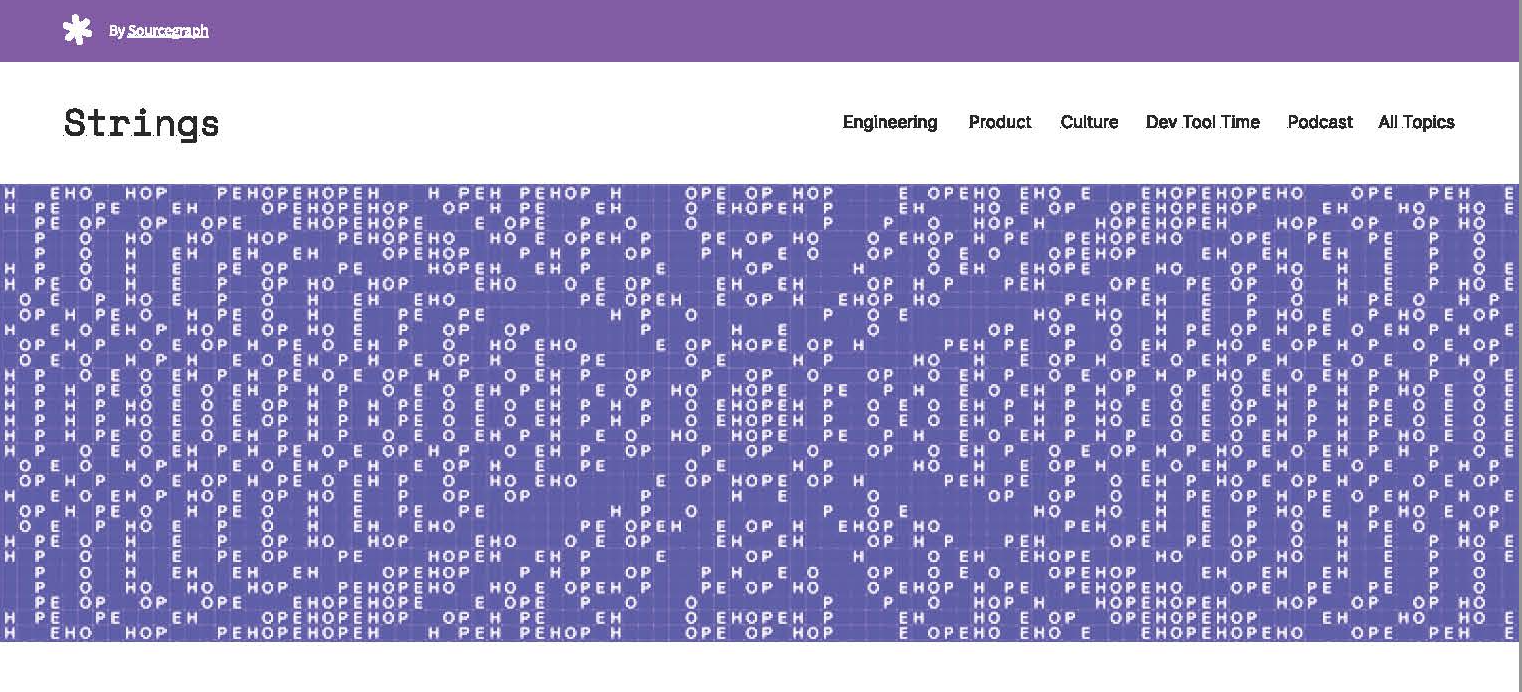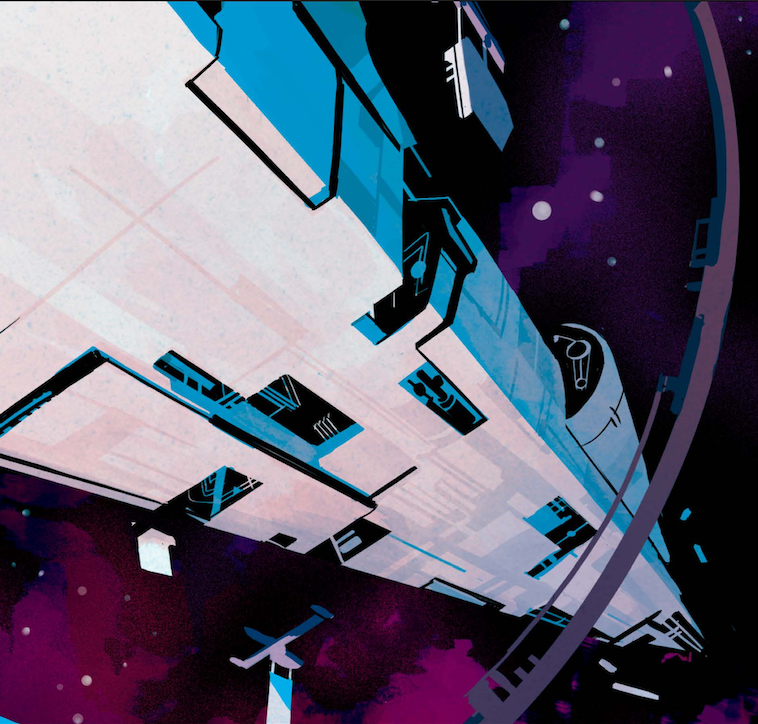Sourcegraph
Sourcegraph builds universal code search for every developer so they can innovate faster. Their products help developers and companies with billions of lines of code create the software you use every day. I was hired as the founding Director of Brand & Creative to build a zero-to-one team, rewrite the brand narrative, and drive the creation of all assets used for growth, performance and brand marketing campaigns designed to reach the B2B SaaS enterprise developer market.
Because developers – especially – do not like being “marketed to”, my approach was to build a brand that relied on “unmarketing”; that is, marketing that did not feel like marketing. We used tactics such as easter egg hunts, hidden messages, contests, giveaways, active “always on” social media engagements, in-person events, and simple, non-salesy language to reach and activate our user base and prospective audience. Below are but a few examples of the tactics we employed to deliver on this strategy during my time there.
Performance Marketing
Below is an example of a performance campaign. Users would view static and video ads across various ad networks, such as Google, Meta, Taboola, and Brave, which would lead to a custom landing page connected to the campaign and often some real-world cultural, newsworthy, or entertainment tie-in – such as the launch of The Matrix 4, in this example.
Landing Page from “Choose Your Search” campaign, tied to the release of The Matrix 4 movie. Users could choose the red or blue gummy bear to access Sourcegraph’s free, open-source universal code search (the red bear) or access the competitor’s restrictive search environment (the blue bear). For those who wished to go deeper down the rabbit hole, secret ASCII artwork and messages were hidden inside the source code of the microsite, which, when discovered, led them to a secret email address which they could use to contact “Bunny”, and agent in the Sourcegraph universe. By communicating with Bunny in a certain way, users could receive limited edition unique swag items, such as apparel, stickers, and even a jigsaw puzzle based on the ASCII art embedded within the site’s source code.
Above: The hidden “rabbit hole” for developers to discover, which led them to contact information where they could win swag and other prizes for sharing the links.
Below: Every touchpoint was considered to be an “unmarketing” opportunity to connect with developers. Here, even our 404 page, which changed frequently to encourage discovery and exploration of the website, provided a way to engage with users, prompting them to solve a puzzle which would lead to a branded reward prize.
Brand Guidelines
My team led the complete buildout of a robust set of brand guidelines for the company, including precise color selection suitable for digital, print, fabric and real-world application; brand voice and tone development; palette, gradients, iconography, photography, use of generative AI for image creation, and narrative. Since many of the formal business presentations to enterprise clients involved large data sets, we created an entire section focused completely on data visualization, along with a dedicated and more expansive color palette, chart and graph selection guidelines, and an array of business templates for the sales team.
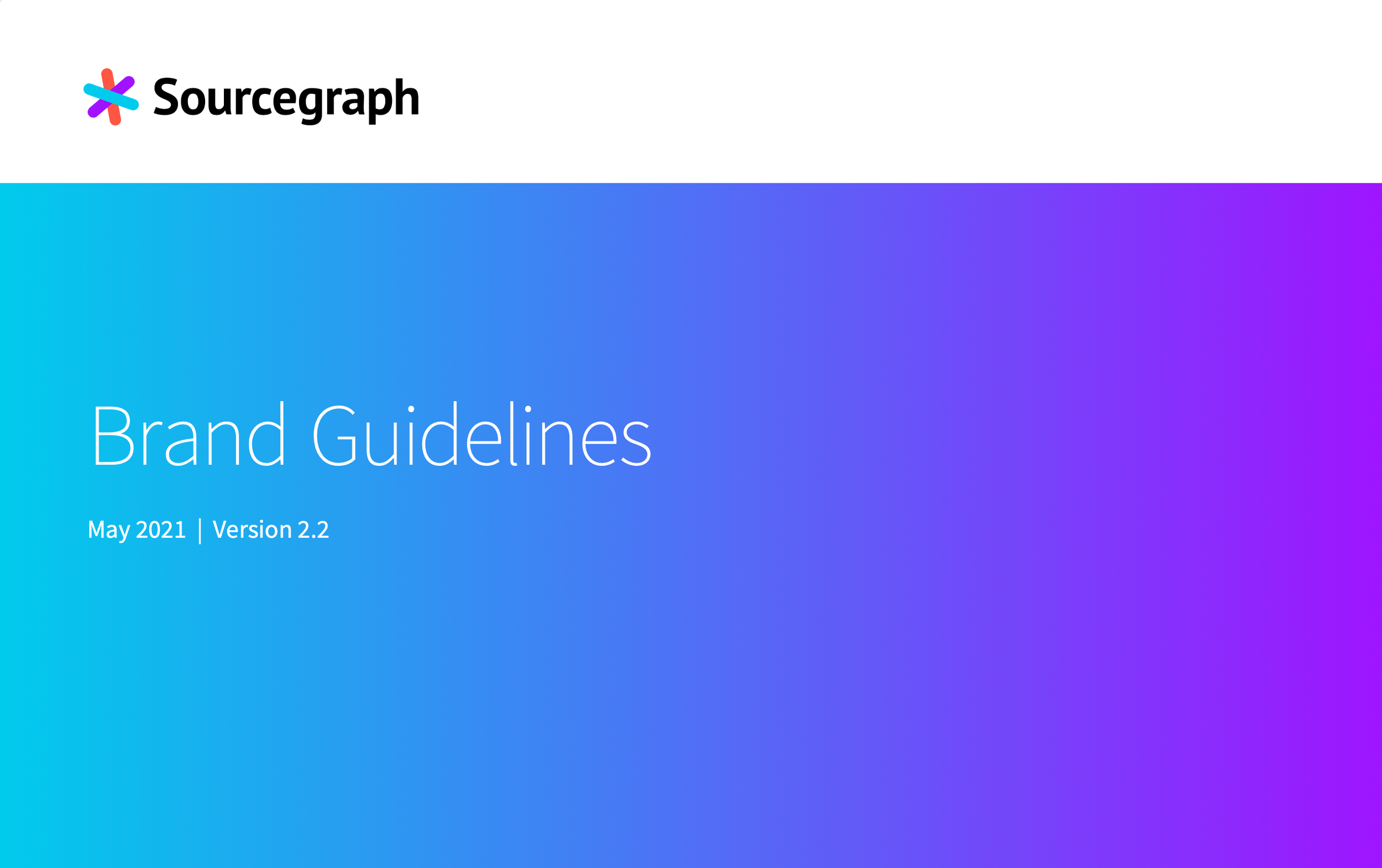
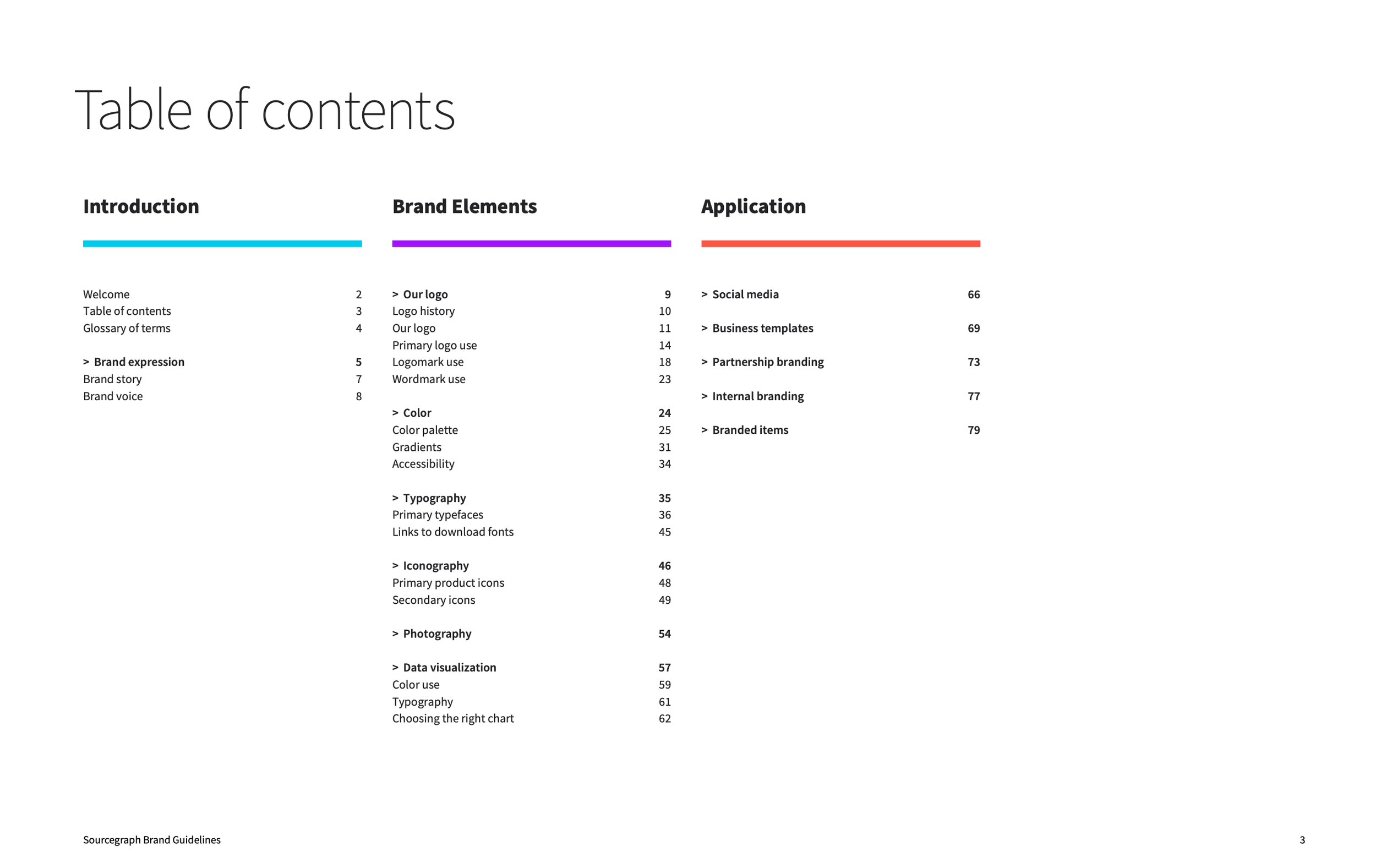
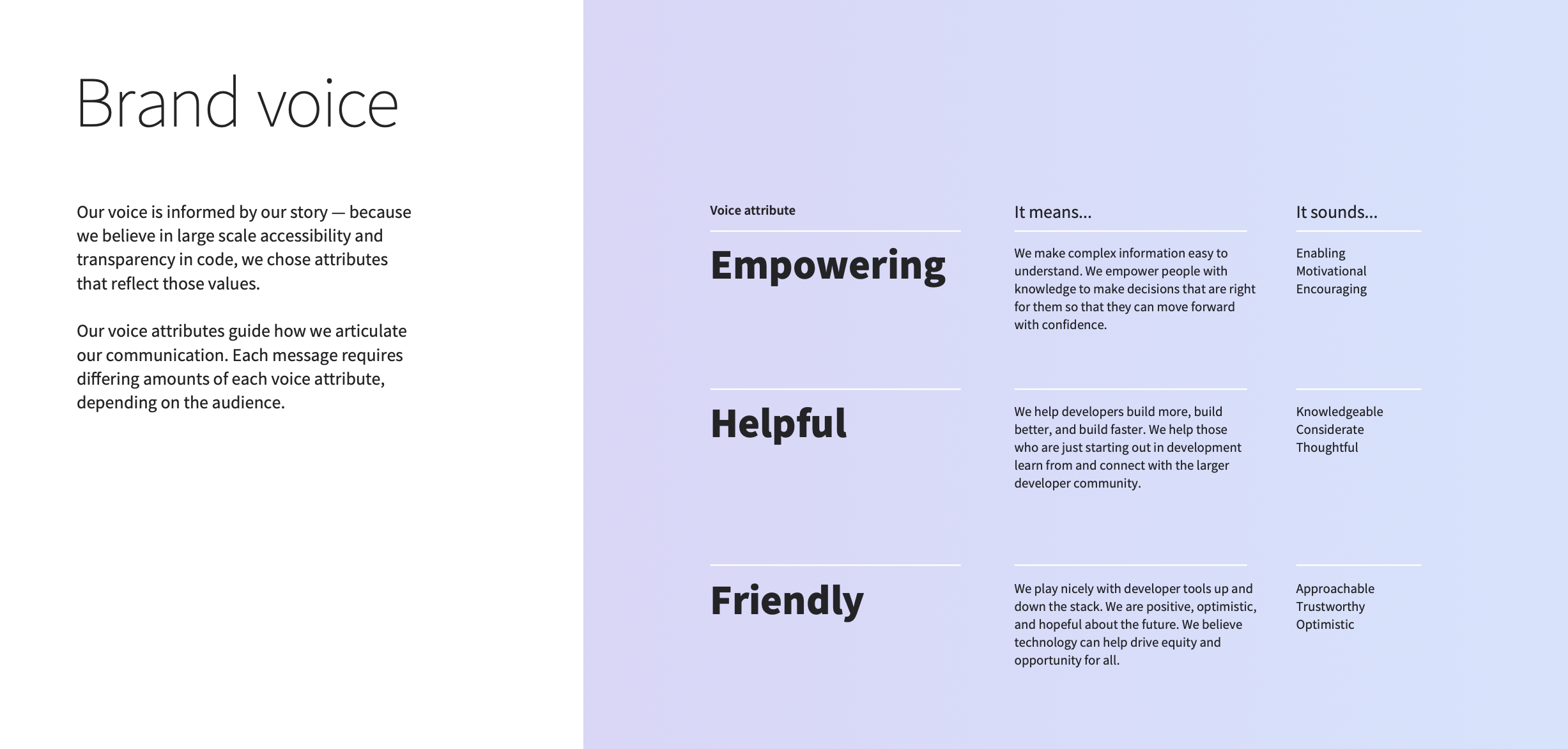
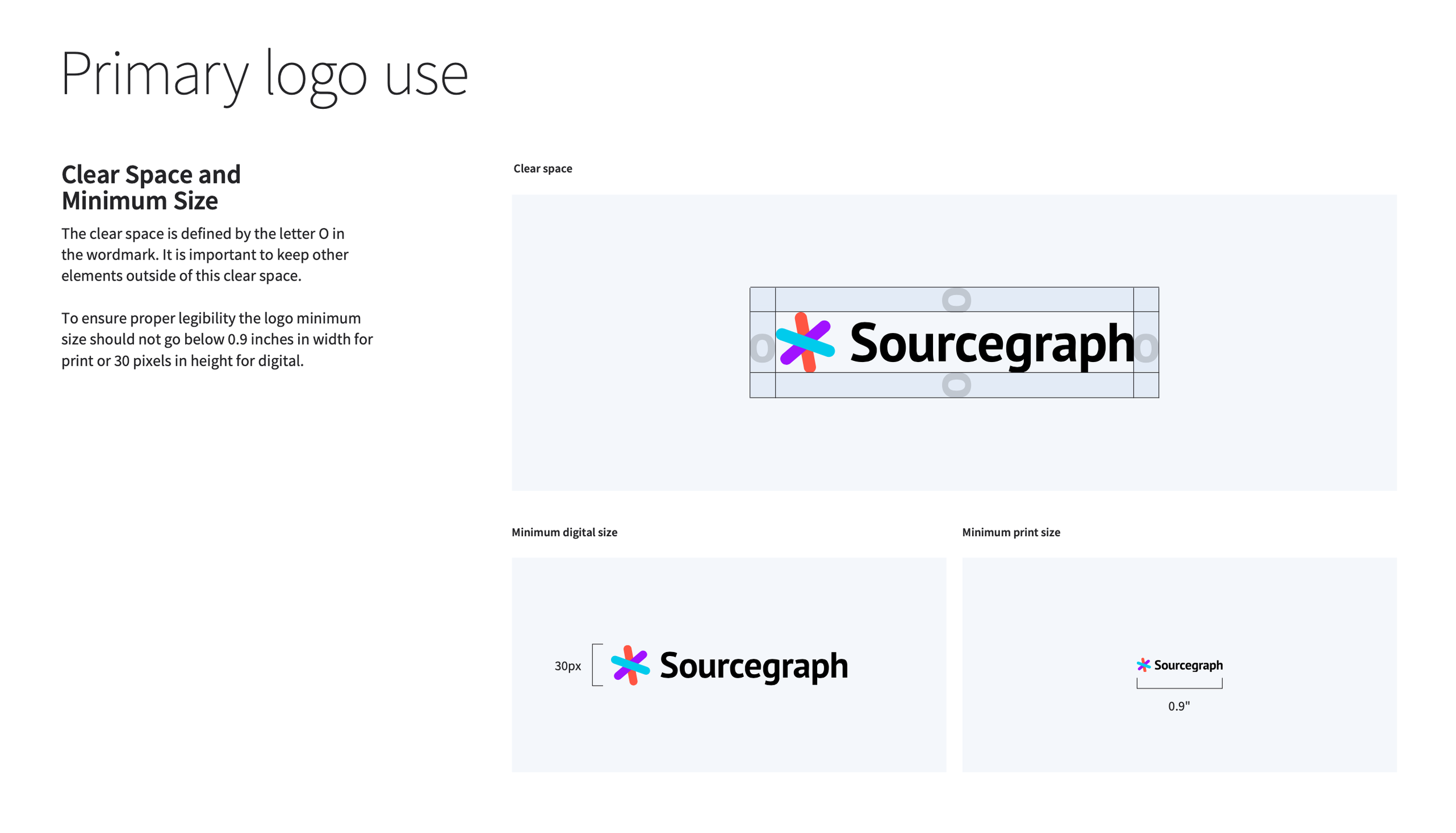
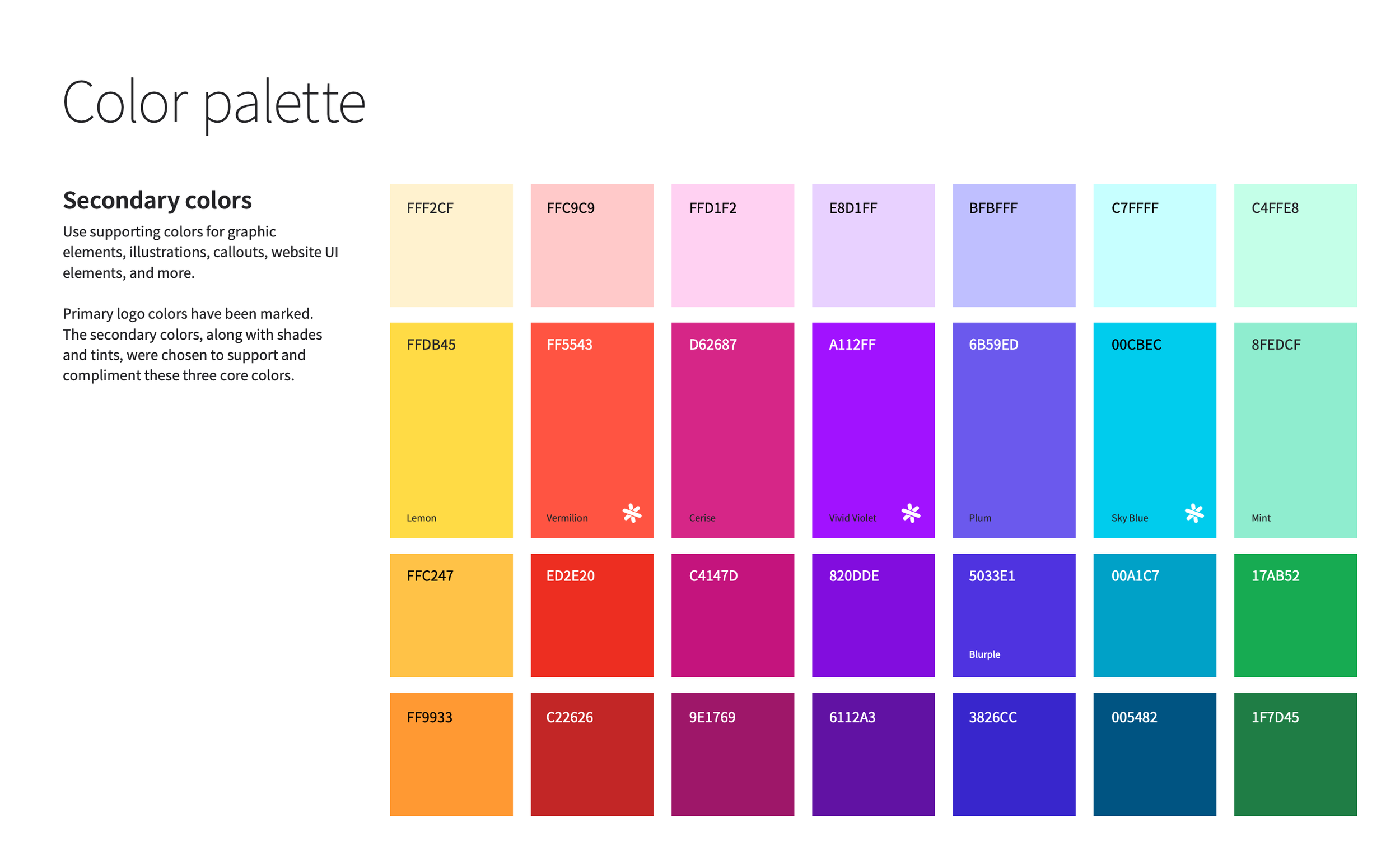
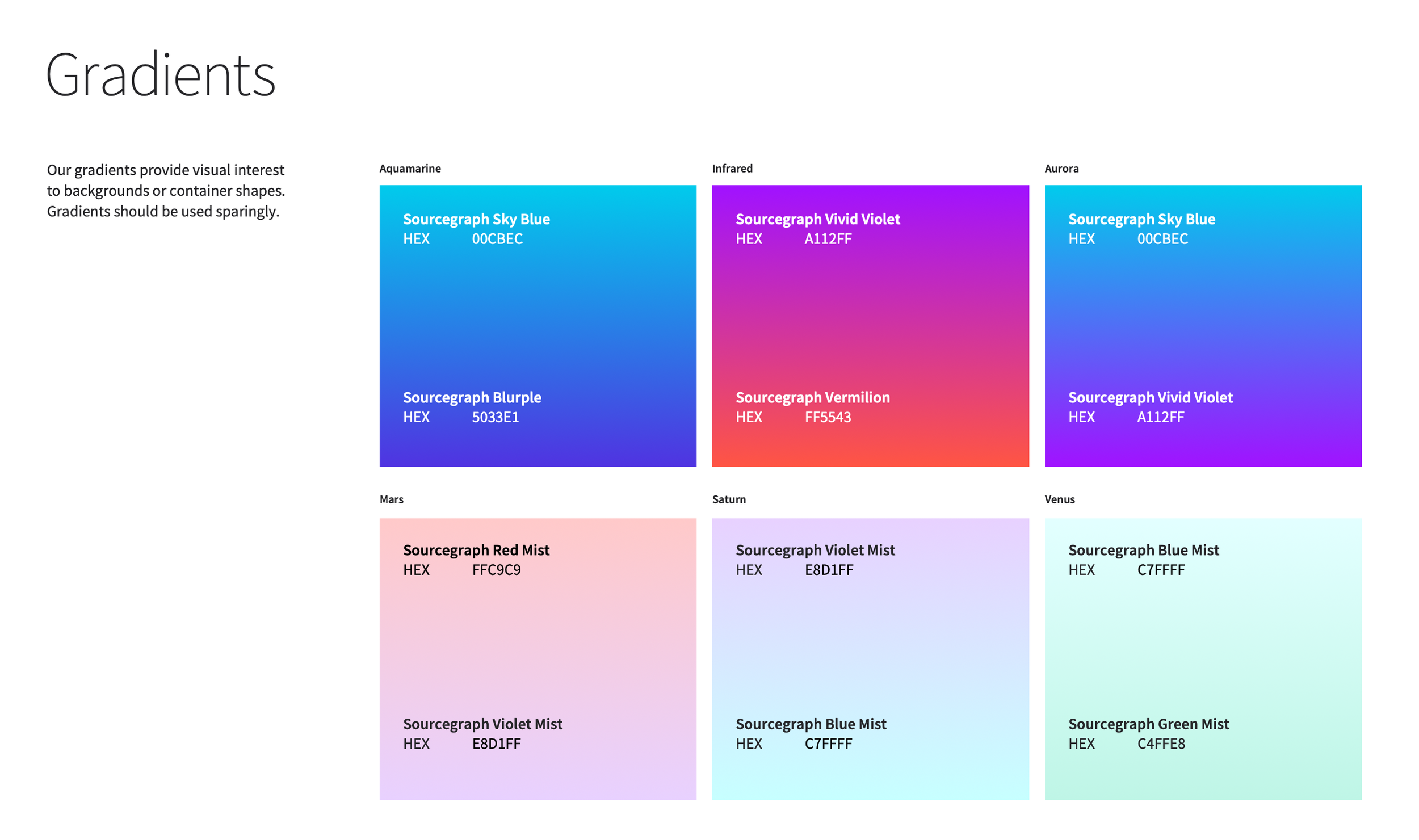
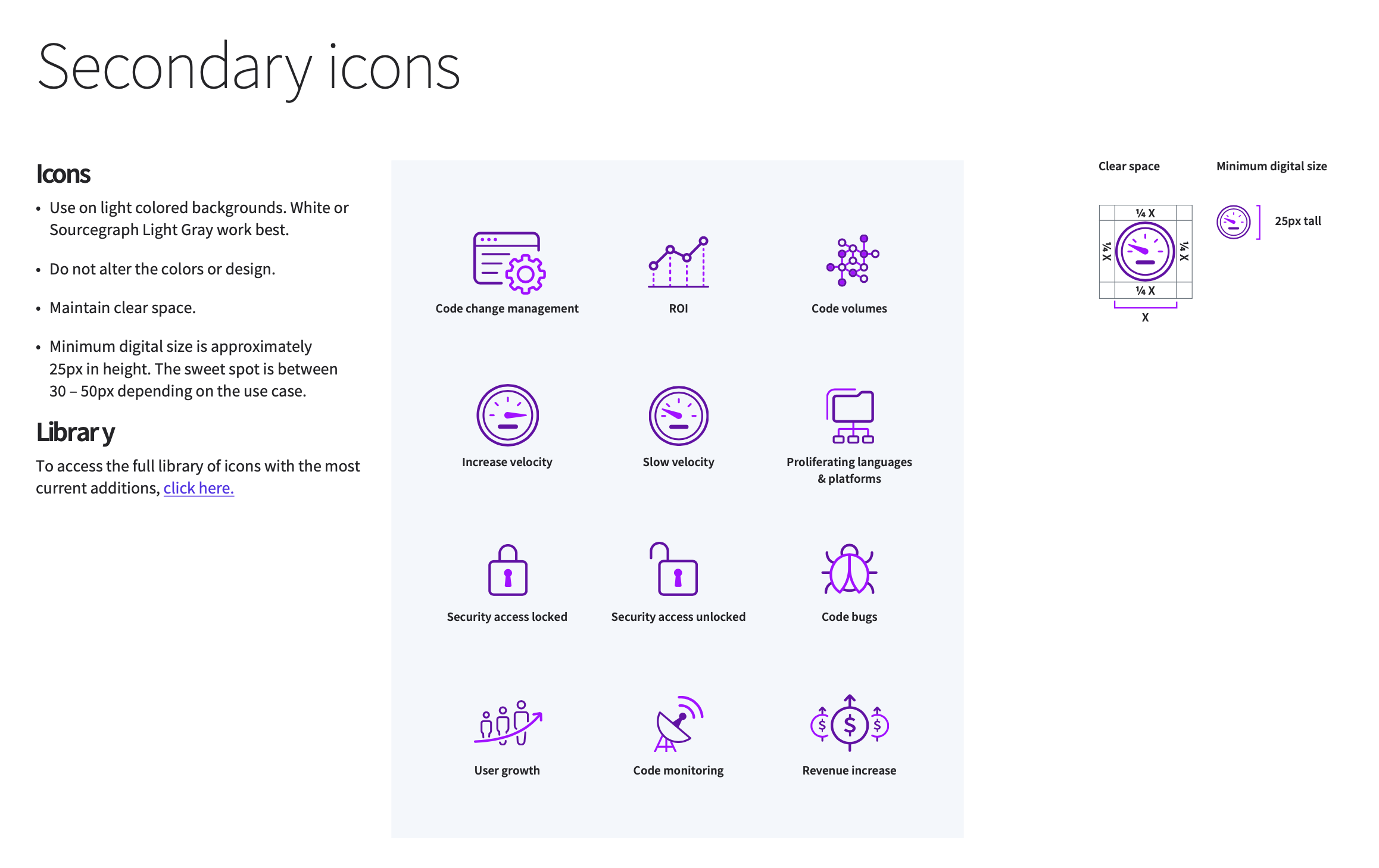
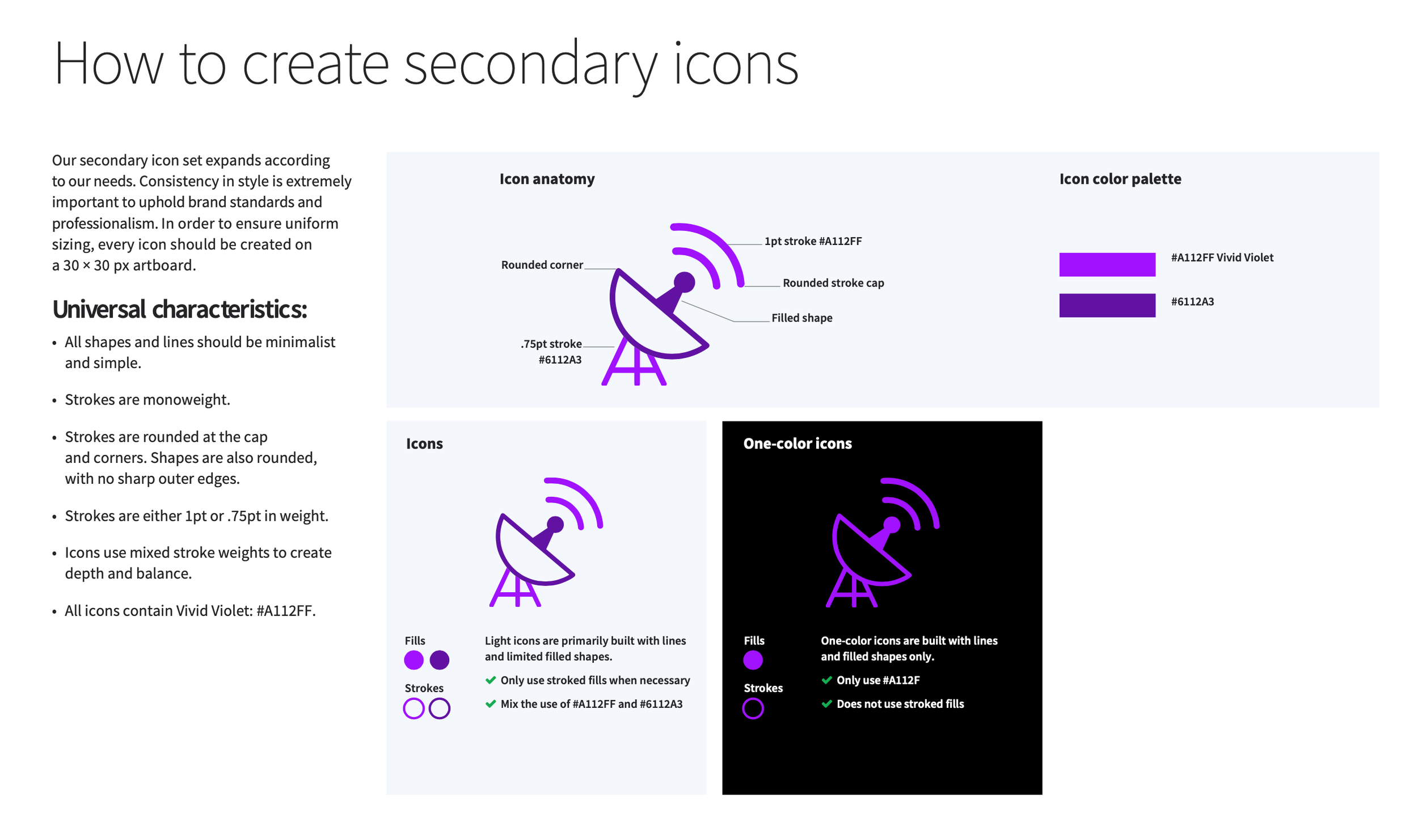
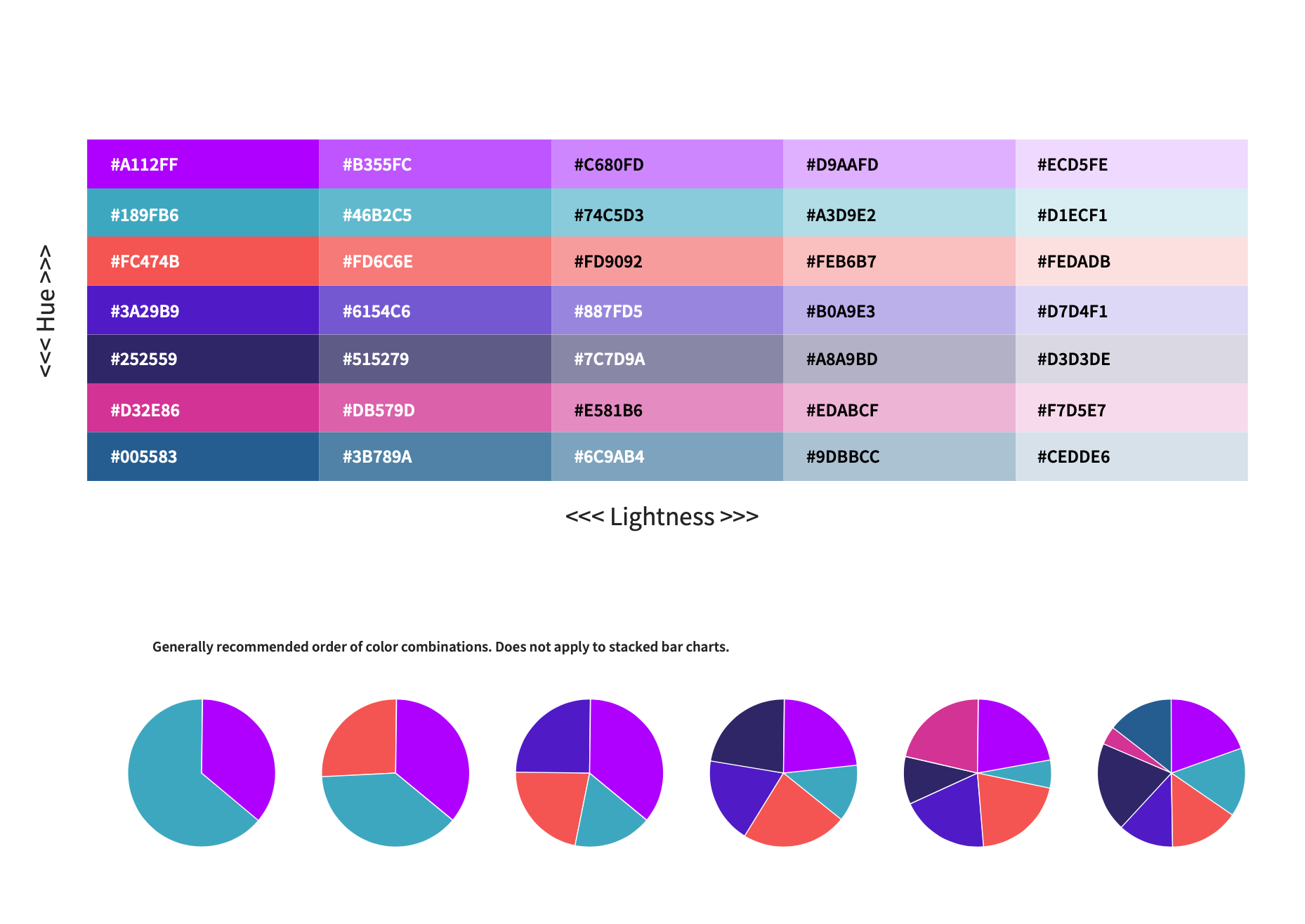
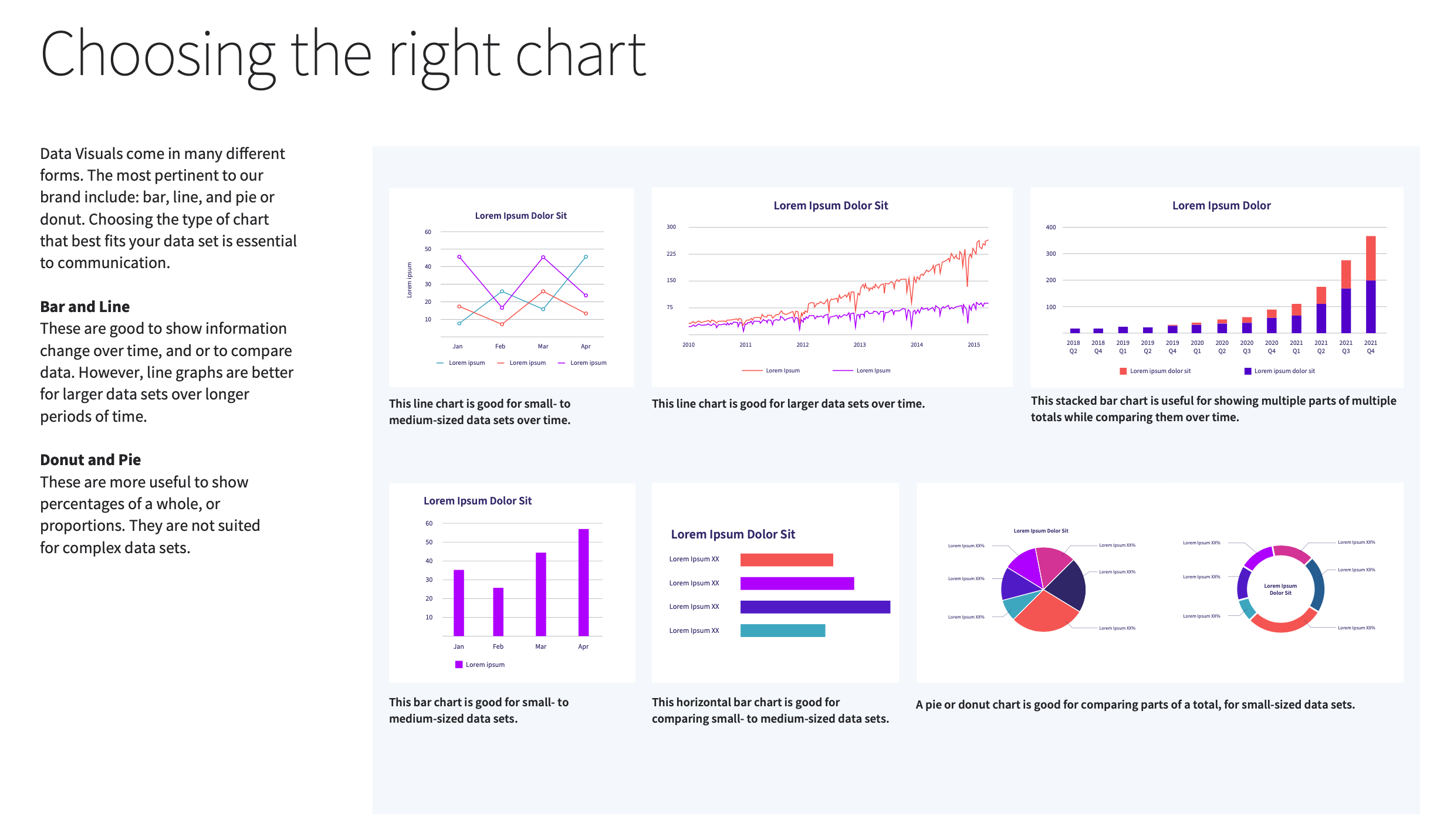
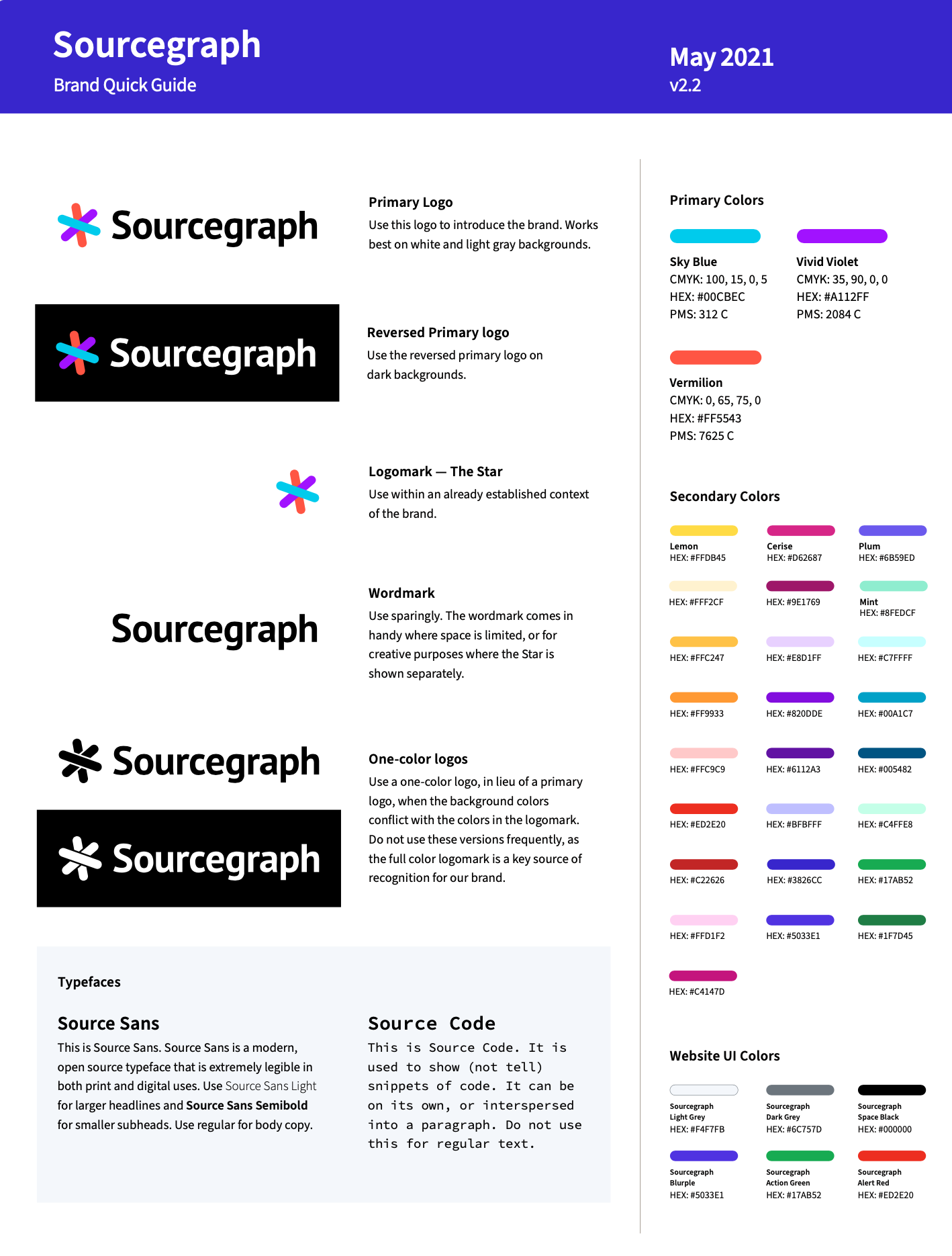
Swag & Freebies
Developers love swag, whether at trade shows and conferences, or online contests and giveaways. As one example, we had a “free stickers” link on our website that provided a lead gen opportunity. Simply by providing an email and physical address, developers would receive a custom sticker pack along with some candy to power them through their coding sessions. This surprisingly simple tactic led to many thousands of dollars in sales revenue.
Content & Editorial Design
My team provided design support for our developer-focused content marketing, including the design and build of our blog, named “Strings”, after a string of code, along with all graphics for blog posts and articles, and design support for our podcast called “Dev Tool Time”. All of this was produced in order to position the company as a thought leader in the space of developer tools prior to having any real brand awareness in the space.
